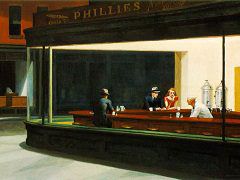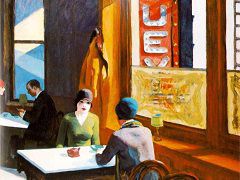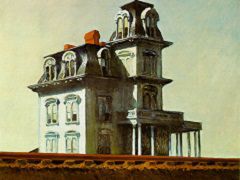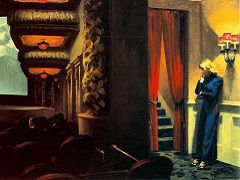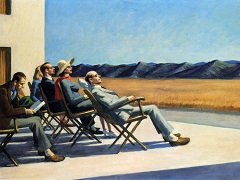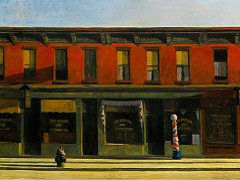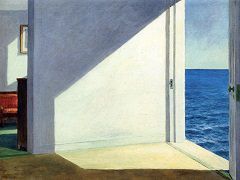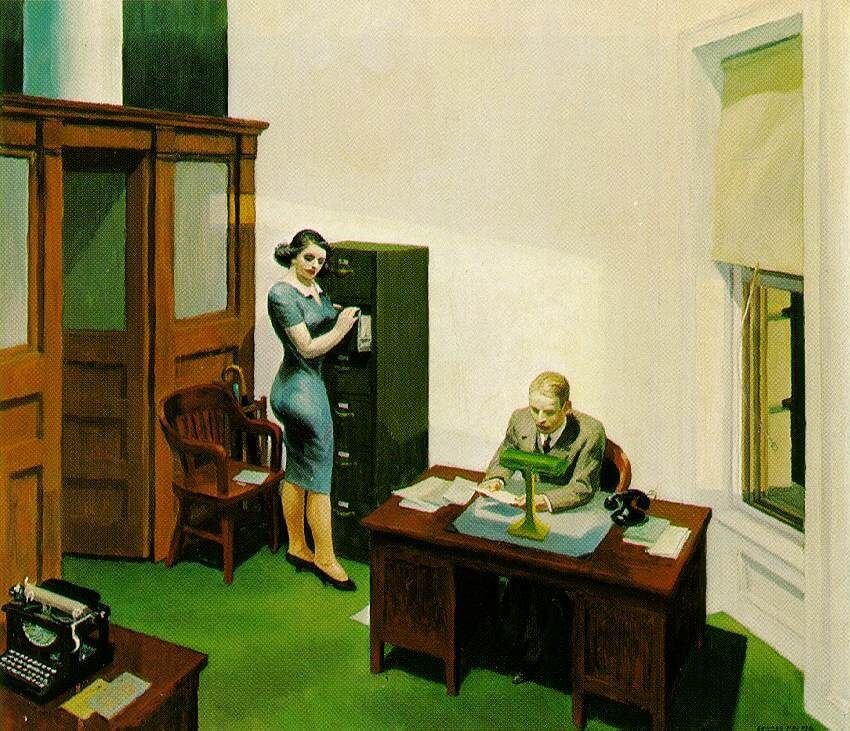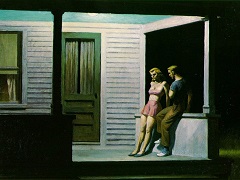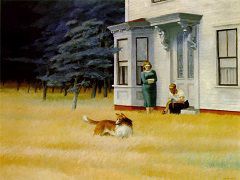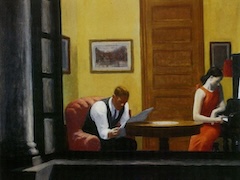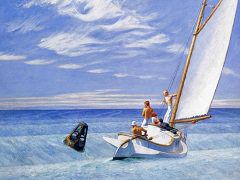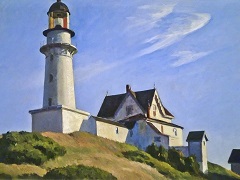The Lee Shore, 1941 by Edward Hopper
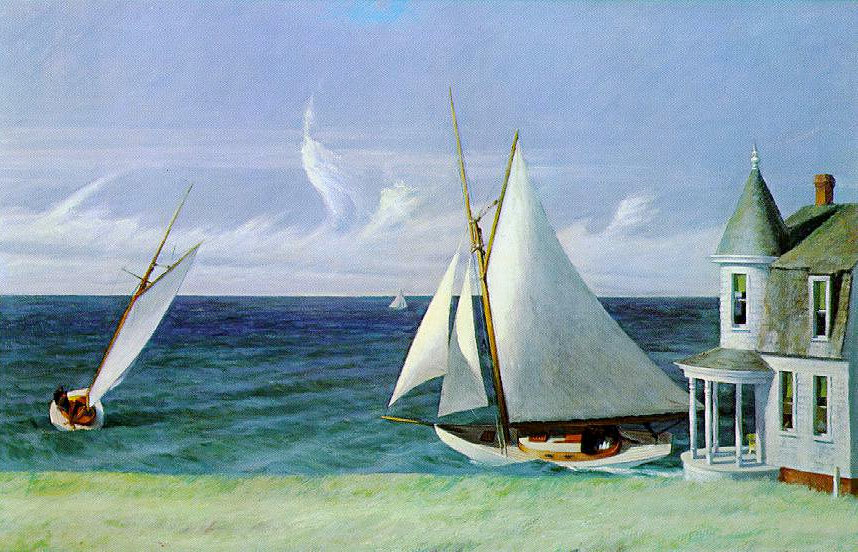
No artist better captured the character and condition of mid-century American life than Edward Hopper. His distinct and lonely aesthetic, much as the rogue tides of the East River depicted in Blackwell's Island, remained doggedly realist as his peers increasingly embraced abstract forms of expression. Painted in the fall of 1928, a watershed year for Hopper both creatively and critically, The Lee Shore embodies the haunting drama and quiet tension that characterize the artist's best work.
The draw of water for Hopper was three-fold. It acted as a natural barrier between the artist, and thus the viewer, and the subject, much as the rural roads and train tracks that also recur in his works-the natural barrier symbolic of psychological distance. It also allowed Hopper to introduce an element of motion into an oeuvre that is largely defined and dominated by stillness. Often, as in The Lee Shore, the juxtaposition of the moving water with the other pictorial elements acts a foil, further heightening their weight and solidity--the architectural angles set off against the smooth, circular currents. Finally, in its constant motion and expanse beyond the confines of the canvas, in its elemental presence, the inclusion of water alludes to the more existential themes that dominate Hopper's art.

